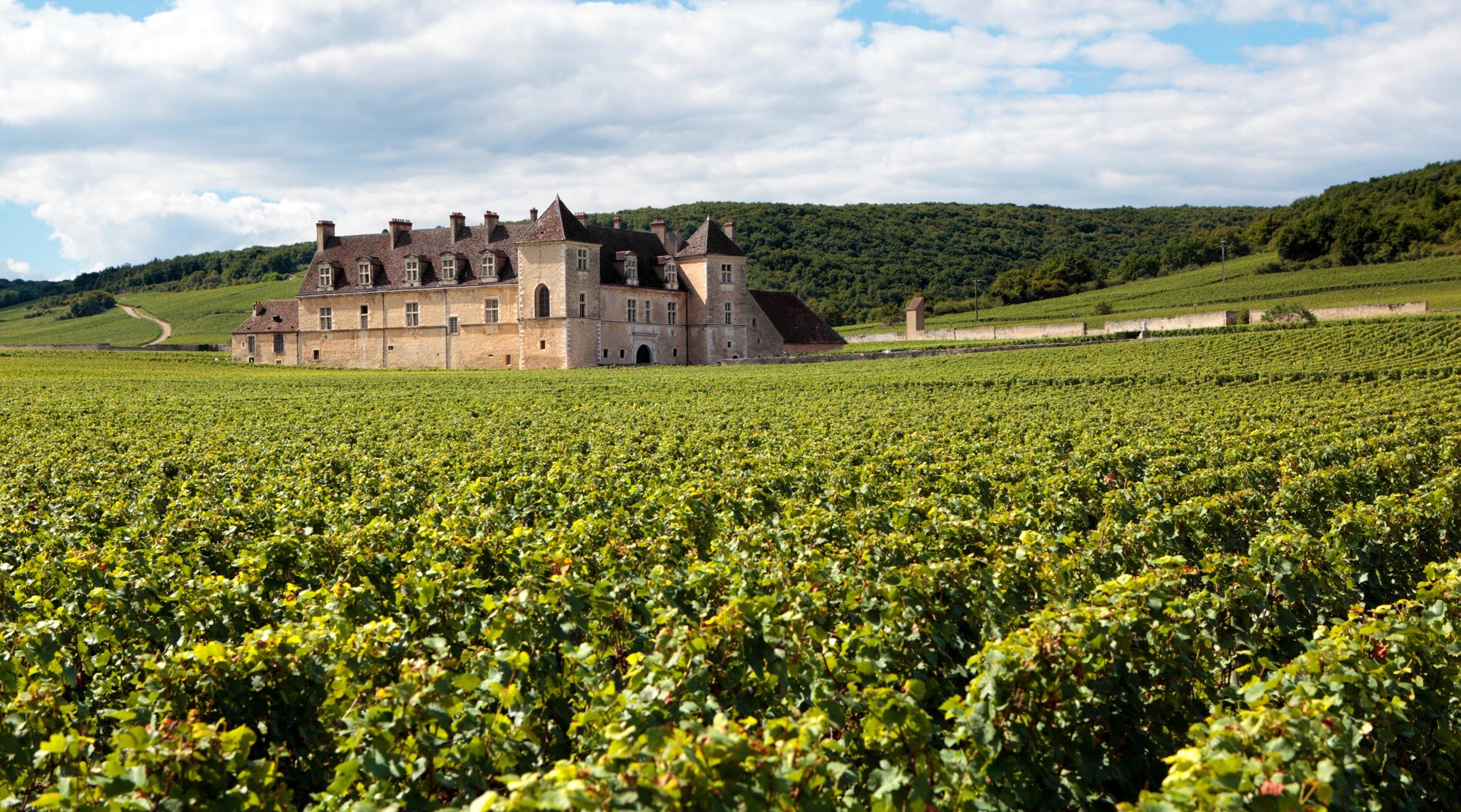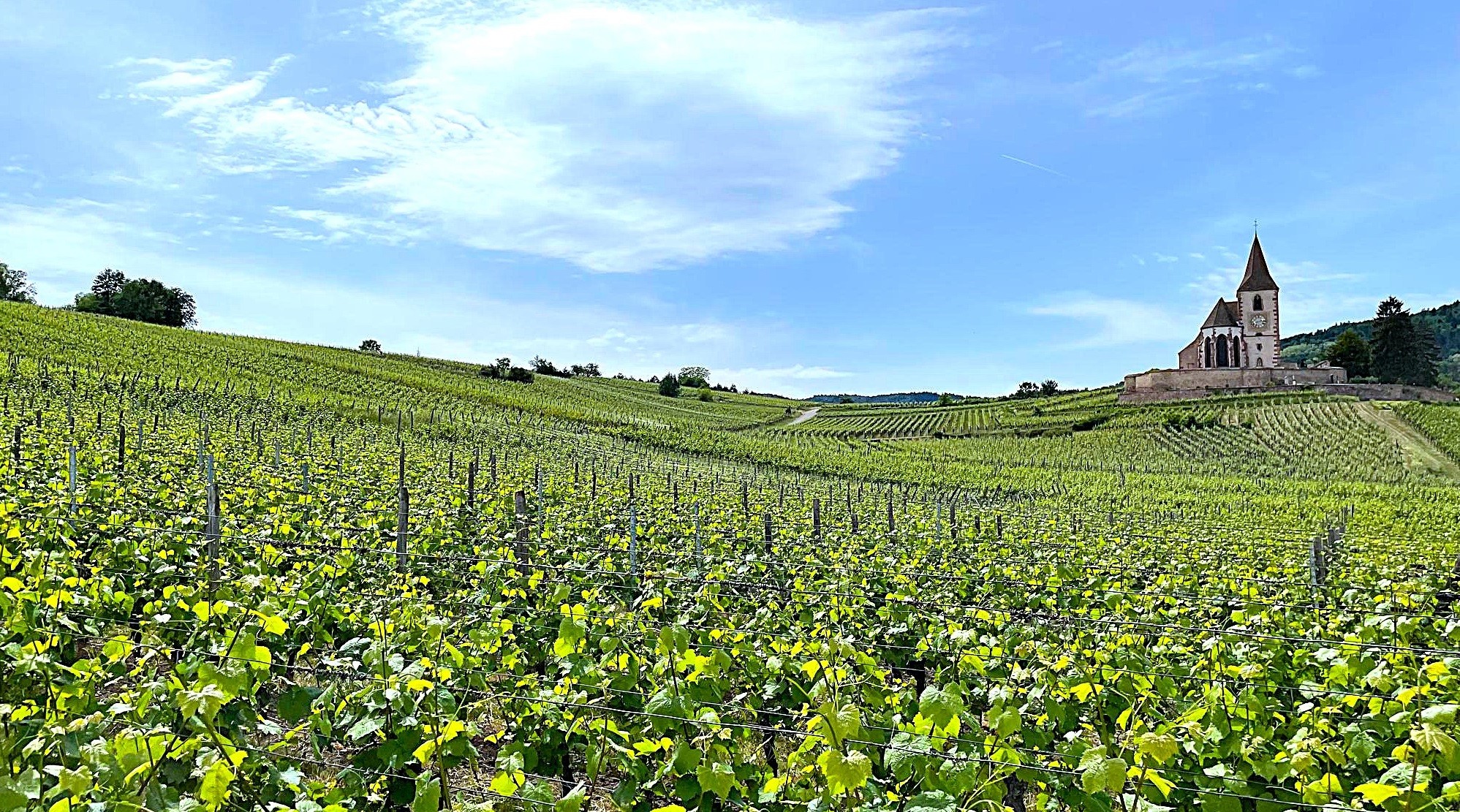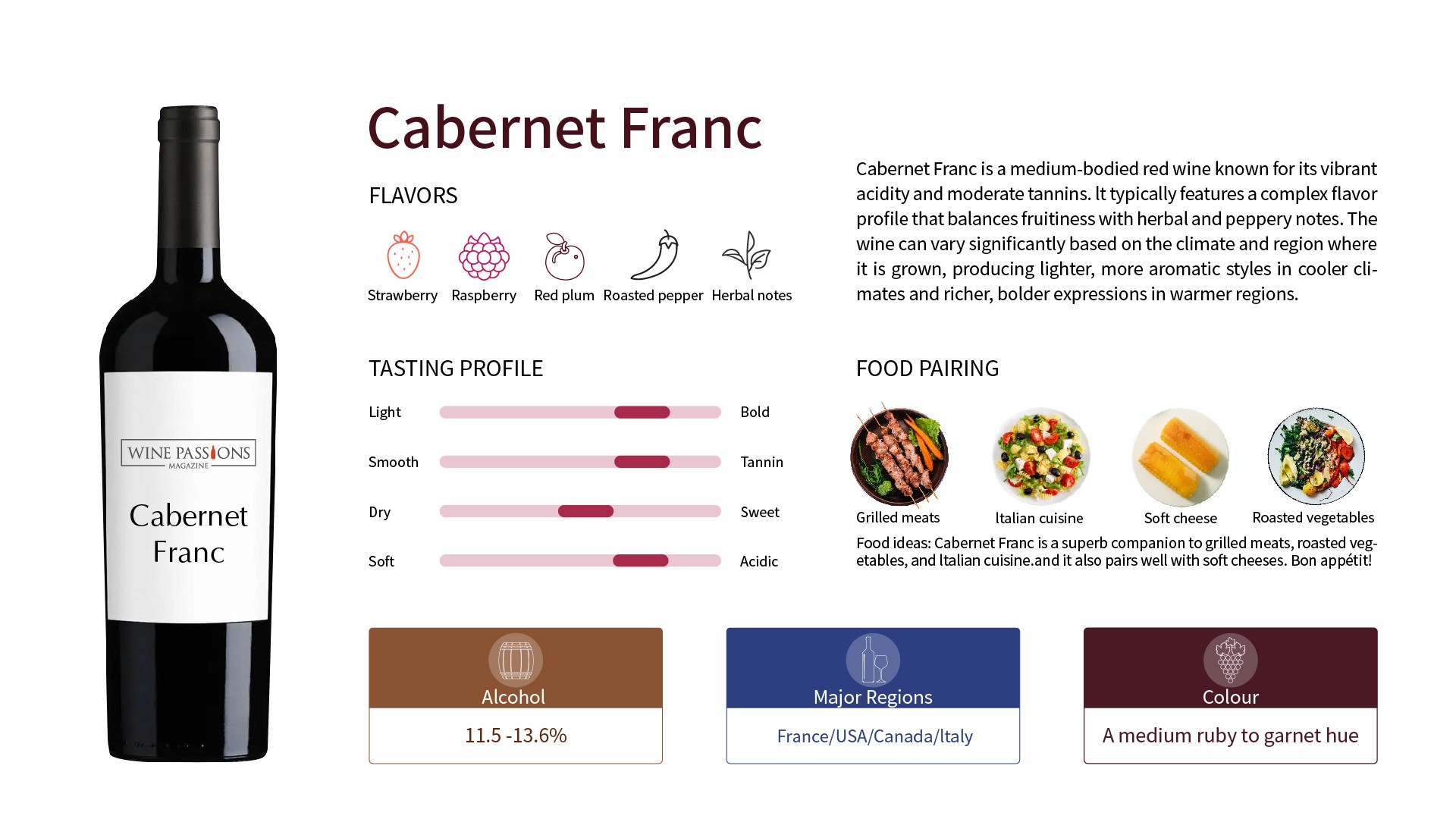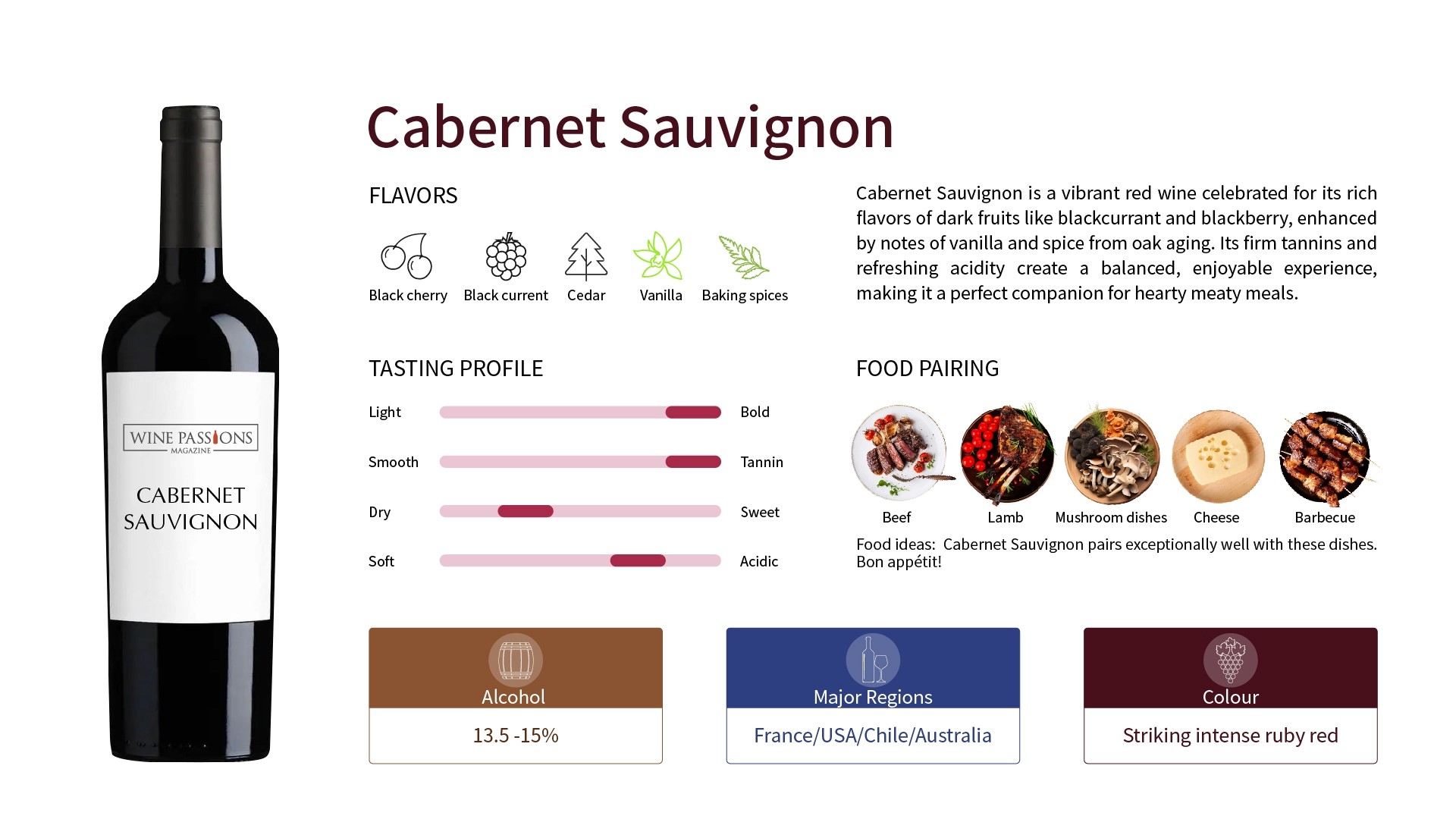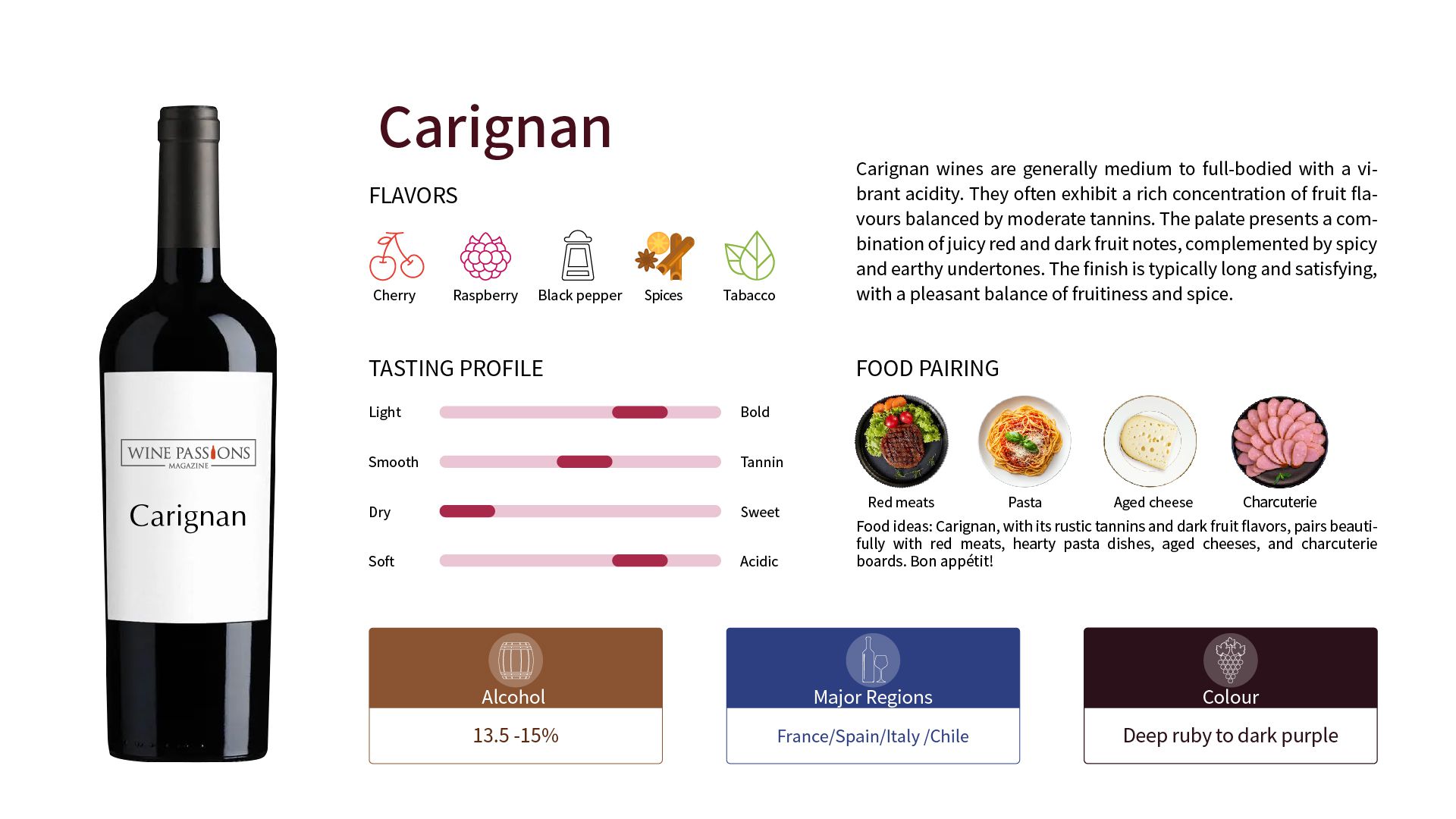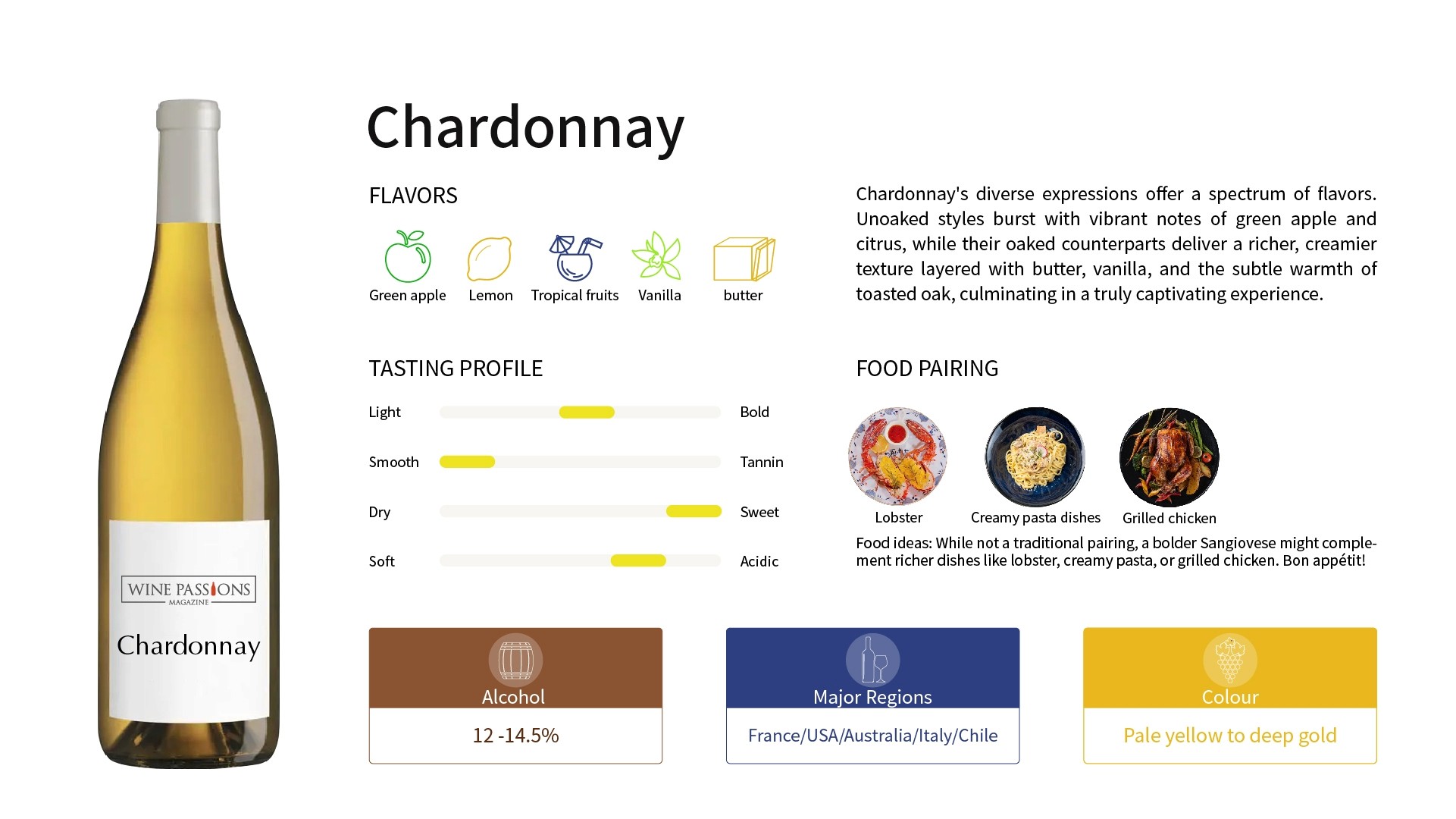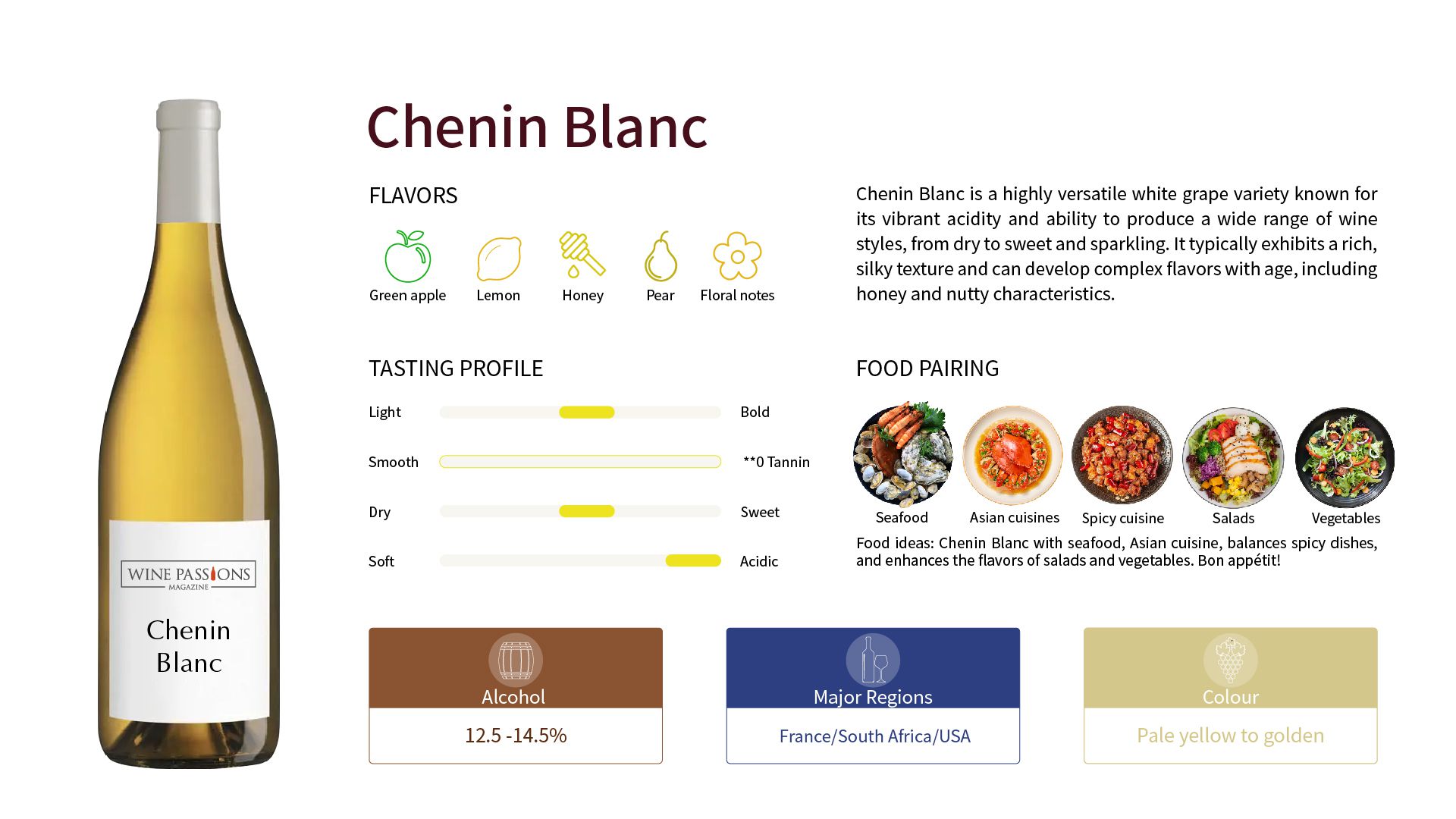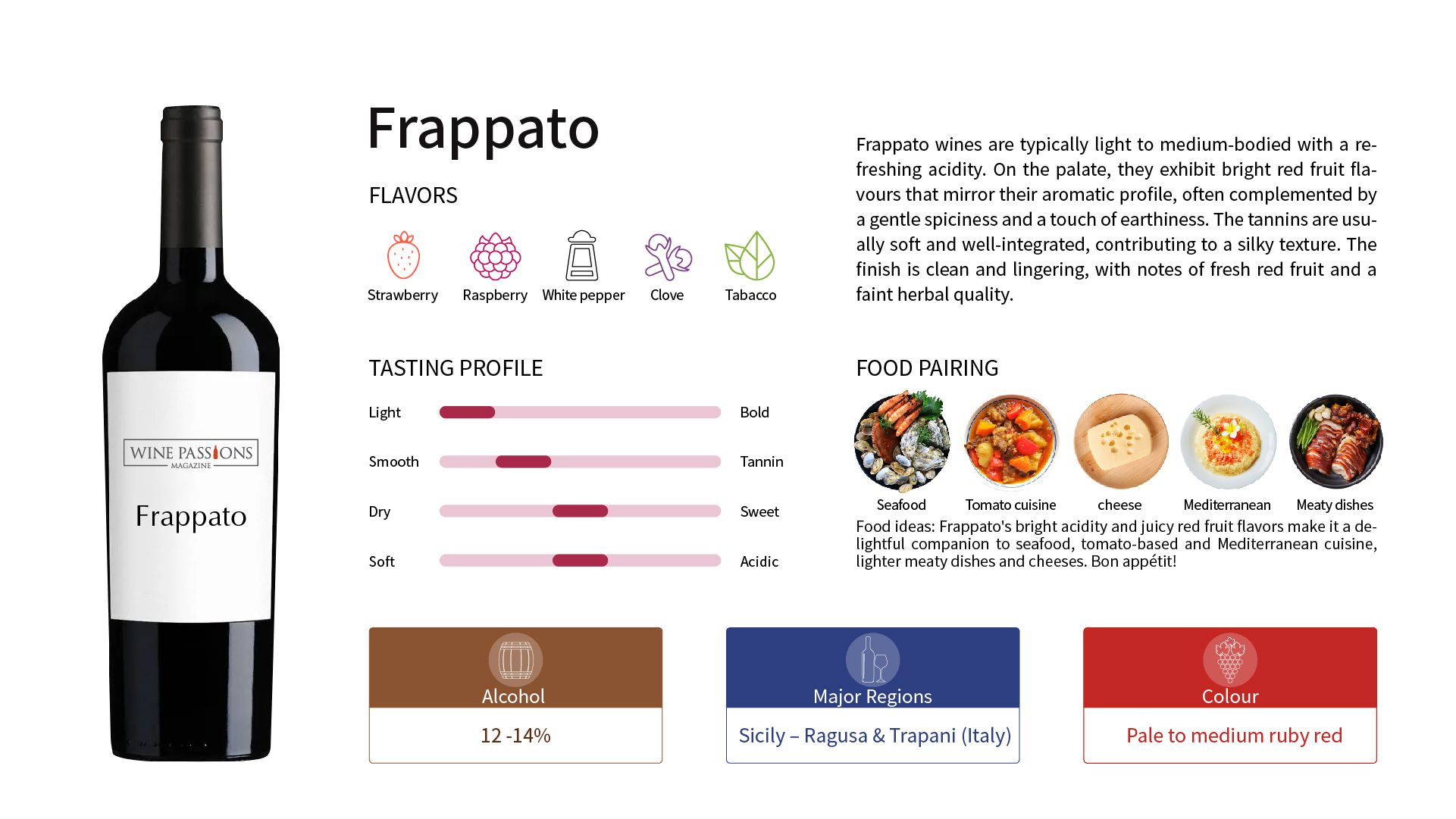Cabernet Franc
Background and Origin
The history of Gamay can be traced back to the 14th century, first appearing in the Beaujolais region of France. The origin of this grape variety is closely related to the social and economic background of that time. It is said that Gamay was initially a cross between Pinot Noir and Gouais Blanc, a genetic combination that gives Gamay unique characteristics in growth and flavor.
As early as 1395, the Duke of Burgundy, Philippe le Bold, prohibited the cultivation of Gamay for fear that it would affect the reputation of Pinot Noir, referring to it as “the rebellious Gaamez.” This ban not only denied Gamay but also reflected the high demands of the nobility for wine quality and their emphasis on reputation at that time.
The prohibition prompted Gamay to migrate south, eventually finding its ideal growing environment in the Beaujolais region. The granite soil and warm climate of Beaujolais provide Gamay with rich nutrients, allowing it to fully ripen and showcase its best flavor. Over time, Gamay gradually developed into the dominant variety in the Beaujolais region and became favored for its ease of cultivation and high yield.
Modern Development
Today, with the increase in consumer demand for fresh, fruity red wines, Gamay has gradually gained attention. Outside of France, high-quality Gamay wines have begun to appear in regions such as Oregon in the United States and Niagara Peninsula in Canada. These emerging regions utilize local unique climate and soil conditions to produce Gamays with local characteristics, making this variety more and more popular globally.
Reasons for Popularity
Easy to Drink: Gamay wines typically have a light body and high acidity, making them very easy to drink. This characteristic makes it an ideal choice for many beginners and those who don't enjoy heavy reds. Its fruitiness and refreshing taste are delightful, perfect for social occasions or gatherings.
Diverse Food Pairings: Because Gamay has good acidity and low tannin, it can pair well with a variety of foods, including white meat, seafood, salads, and all kinds of vegetables. This flexibility in pairing makes Gamay a regular at the dining table, particularly suitable for pairing with bountiful dishes like Thanksgiving dinner.
High Value for Money: Compared to other high-end reds, such as Pinot Noir, Gamay is usually more affordable while still providing a quality drinking experience. This makes it an excellent choice for many consumers seeking high quality without spending too much money.
Natural Winemaking Movement: With the rise of the natural winemaking movement, more and more wineries are starting to use organic or biodynamic practices to produce Gamay wines, reducing their environmental impact and improving grape quality. This trend attracts many environmentally-conscious and sustainability-minded consumers, enhancing the appeal of Gamay in the market.
Flavor Characteristics
Fruity Aroma: Known for its vivid red fruit aromas, including cherry, strawberry, and raspberry, giving a sense of refreshing sweetness.
Spice: Carries subtle spice notes, such as white pepper, clove, and herbs.
Palate: Typically has a light to medium body, with its high acidity making the palate refreshing and lively. Low tannin content allows for a light drinking experience, making it very suitable for summer or outdoor gatherings.
Main Production Regions
France:
1. Beaujolais
Beaujolais is the most important production area for Gamay, with almost all Gamay grapes grown here. This area is known for its unique granite soil, which not only has good drainage but also promotes deep root penetration, allowing for increased mineral absorption. The climate of Beaujolais is classified as temperate continental, with cold winters and relatively warm summers, which allows Gamay to fully ripen and showcase its vibrant fruit flavors and acidity. The Beaujolais region is divided into several sub-regions, including ten famous Crus, such as Morgon, Fleurie, and Brouilly. Each Cru has its unique flavor characteristics, influenced by local soil, climate, and winemaking techniques. For example, Morgon is known for its rich cherry and plum flavors, while Fleurie is renowned for its elegant floral notes and soft mouthfeel.
2. Burgundy
Although Burgundy is famous for Pinot Noir, some southern areas of the region still cultivate Gamays, especially in the Mâconnais area. The soils here are primarily composed of limestone and clay, which are very suitable for Gamay, helping enhance the wine's structure and complexity. In Burgundy, Gamays are often blended with other varieties to enhance flavor layers. Although the cultivation area of Gamay in Burgundy is not as extensive as that of Pinot Noir, with the increasing emphasis on indigenous varieties, more wineries are beginning to focus on producing high-quality Gamay wines.
3. Loire Valley
In the Loire Valley, Gamay is also starting to gain recognition. The cooler climate here, similar to that of Beaujolais, is very suitable for cultivating light and fruity red wines. In this area, Gamay is often blended with other indigenous varieties like Cabernet Franc and Côt (the French indigenous variety Malbec) to enhance the flavor layers. Some wineries in the Loire Valley are exploring Gamay as a single variety to showcase its uniqueness. These wines typically exhibit bright red fruit aromas and refreshing acidity, making them an important part of the local culinary culture.
United States
1. Oregon
The Willamette Valley in Oregon has also begun to cultivate Gamays. This region has a mild maritime climate, with ample sunshine during the day and relatively cool nights, making it very suitable for early-ripening varieties like Gamay. The volcanic and sedimentary soils in Oregon provide Gamays with rich minerals, resulting in a unique style. Oregon Gamay typically features bright cherry aromas, black pepper, and abundant freshness. With local winemakers increasingly focusing on Gamay, many wineries have begun to explore different winemaking techniques, such as carbonic maceration, to enhance the fruitiness and complexity of Gamay wines. The local Gamay is gradually becoming an emerging choice worth noting in the market.
Famous Gamay Wines
Georges Duboeuf Beaujolais Nouveau: is a signature wine in the Beaujolais Nouveau series, widely celebrated globally for its fresh fruit aroma and light body. Officially released on the third Thursday of November every year, this wine marks the celebration of the current year's grape harvest. Georges Duboeuf, known as the "King of Beaujolais," founded his winery in 1964 and introduced Beaujolais Nouveau to the international market, turning it into a global phenomenon.
This wine is renowned for its vibrant pomegranate red color with purple reflections, exuding fresh fruit aromas of black cherry and blackberry, accompanied by subtle woody notes. Its palate is smooth and layered, perfect for enjoying at gatherings or celebrations. Because it does not require long aging, it is typically available shortly after bottling, symbolizing freshness and vitality, with each sip capturing the joy of the seasonal harvest.
Jean Foillard Morgon: hailing from the village of Morgon in Beaujolais, France, is a high-quality Cru Beaujolais known for its rich fruit aromas and complexity. Foillard is one of the key figures in the natural wine movement, emphasizing organic and biodynamic practices, and utilizing traditional whole-cluster fermentation techniques, allowing his wines to showcase Morgon's unique terroir.
This Morgon wine features deep flavors of cherry, blackberry, and plum, along with subtle earthy and spicy notes. Foillard's Morgon has a firm structure and clear layers, making it especially suitable for those who appreciate depth and structure in their wines. Particularly noted is his signature wine “Côte du Py,” from a famous slope, acclaimed for its rounded and complex flavors. This wine not only showcases the charm of the Gamay grape but also reflects Foillard's profound understanding of the art of winemaking.
Domaine Chignard Fleurie: is a wine that reveals the elegant side of Gamays, known for its delicate floral aromas and soft palate. Fleurie is considered one of the most feminine of the ten Cru Beaujolais villages, with a light and vibrant body, perfect for enjoying in spring and summer.
This wine is made from old vine Gamay grapes, with an average age of over 65 years, grown in sunny, south-facing slopes that allow the grapes to fully ripen and express their best flavors. Domaine Chignard Fleurie typically features bright red fruit aromas, such as strawberry and raspberry, accompanied by hints of rose and mineral notes. Its palate is soft and rounded, with moderate acidity, making it an ideal choice to pair with various dishes.
Tasting Notes
Tasting Temperature: Recommended at 13-16°C
Tasting Glass: Aromatic glass
Decanting Time: 30 minutes
Aging Potential: 1-5 years
Food Pairing
Roasted chicken, turkey, and other poultry dishes
Vegetarian options: stews, mushrooms, salads, etc.
Mediterranean dishes: such as grilled vegetables, mackerel, or hummus.
Various appetizers: cheese, roasted peppers, sun-dried tomatoes, etc., making them an ideal choice for gatherings or dinner times.


